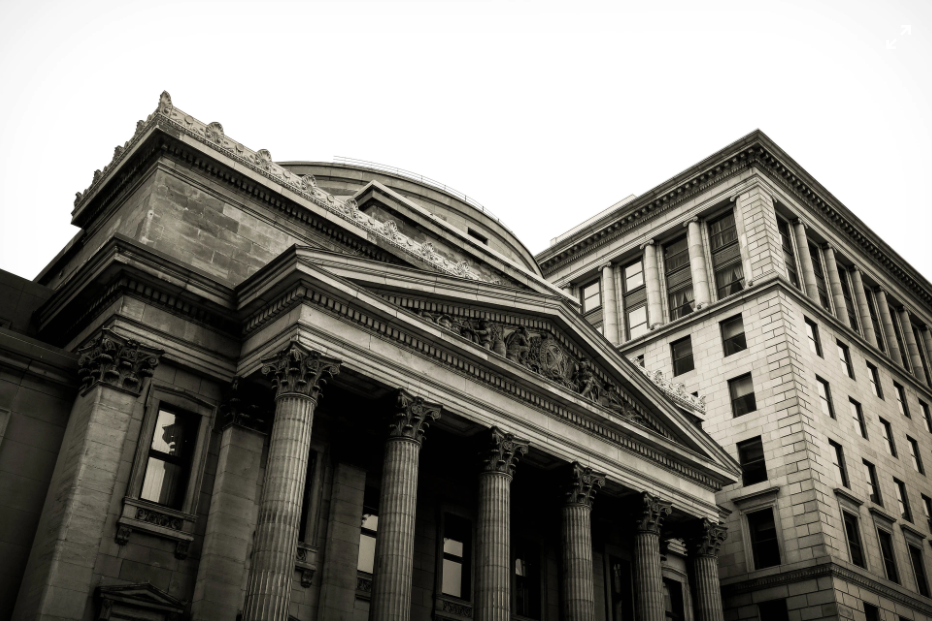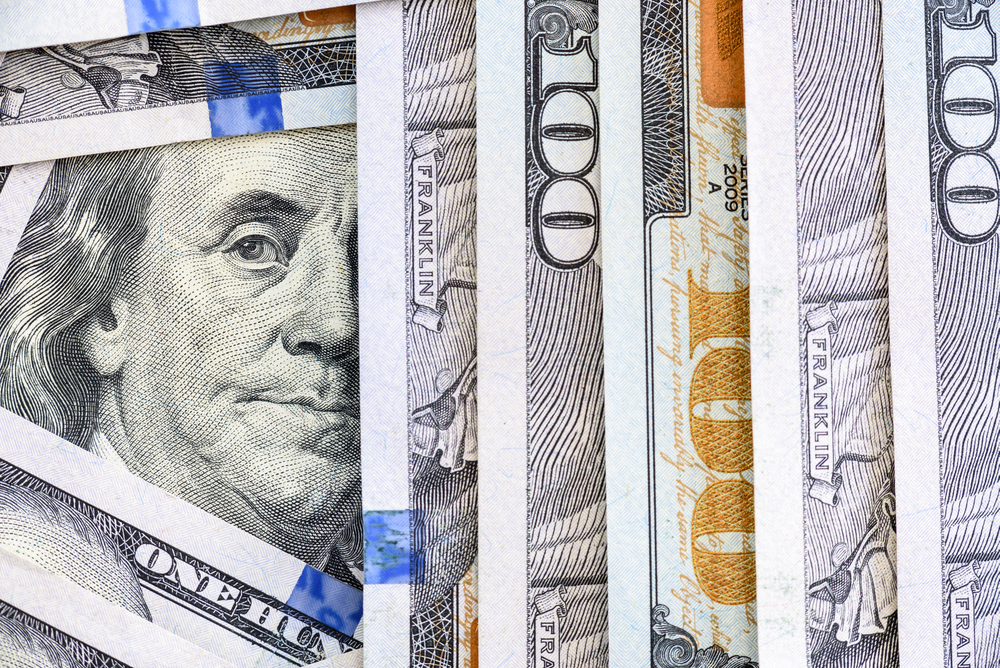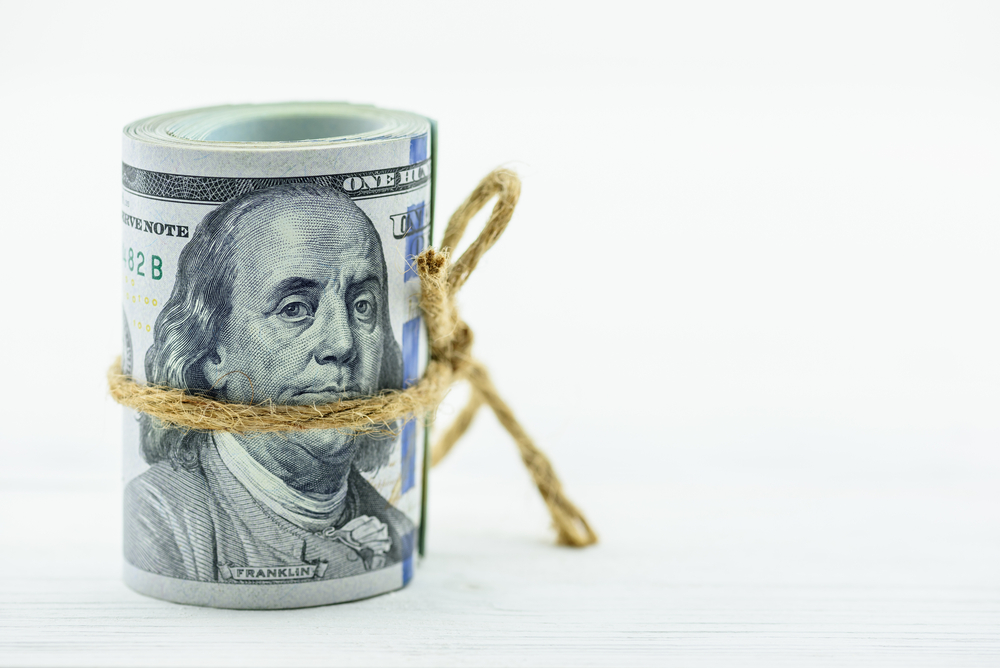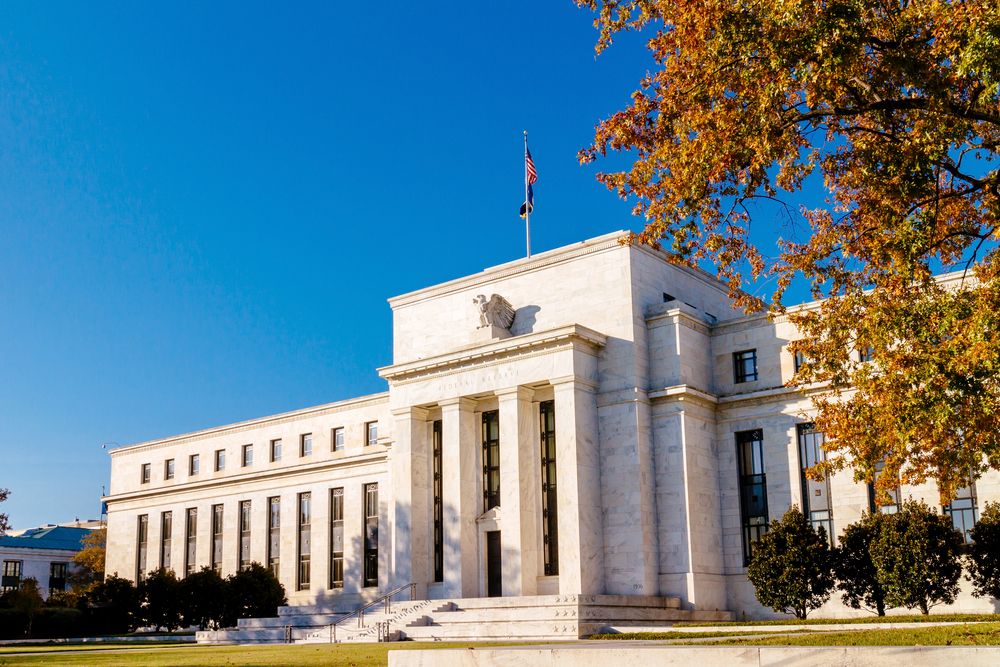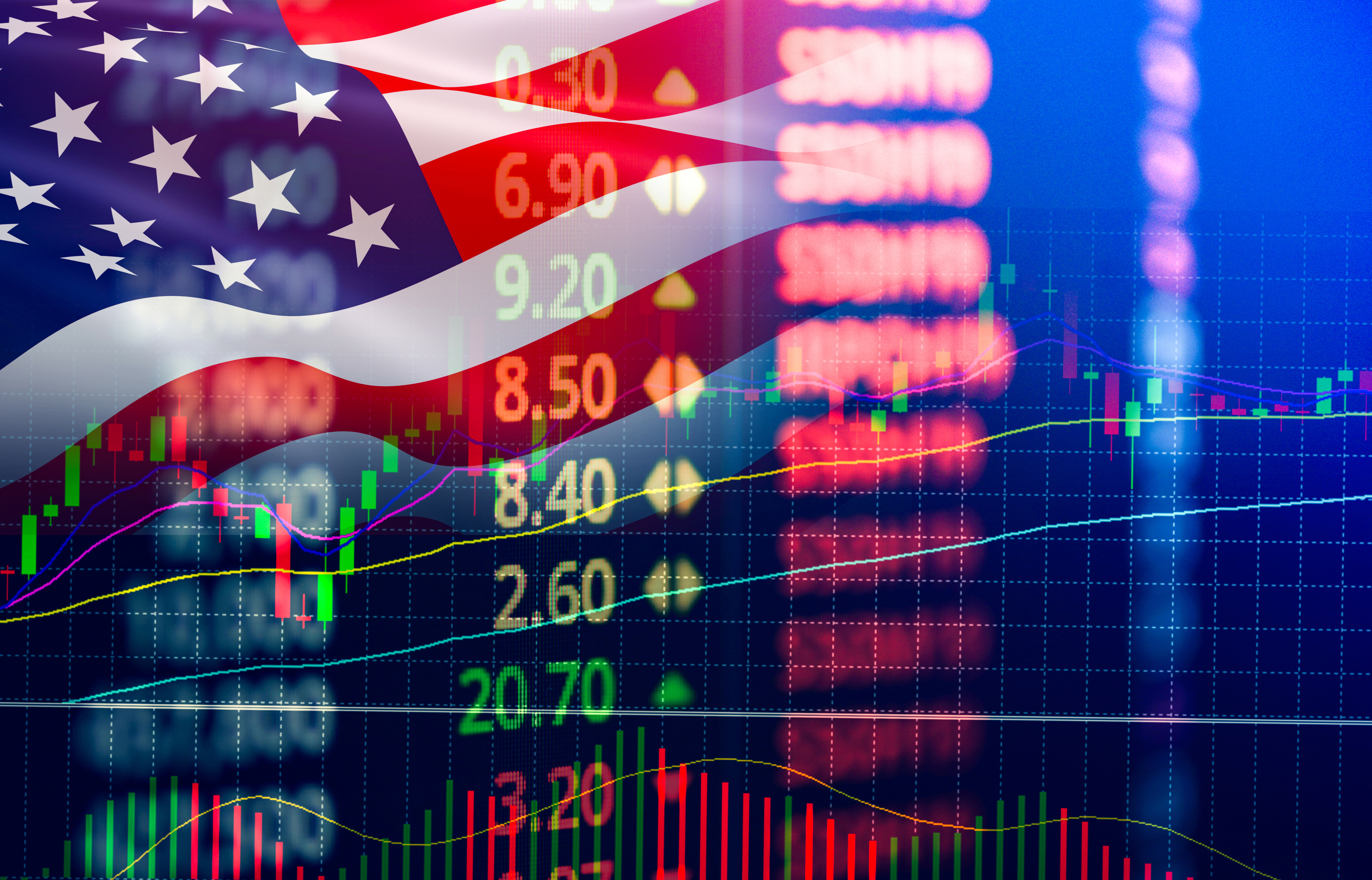Effects of the Bond Rates Continue In Markets
Since the last week of February, when US 10-year bond interest rates increased, the perception of investor risk in global markets have changed, causing the leading indices to decline. But $ 1.9 trillion bailout package, approved by the Senate and House of Representatives in the last week and signed into law by U.S. President Joe Biden the next day, provided a sigh of relief, leading to recovery in descending indices.
The Federal Reserve took the step of ultra-loose monetary policy as part of the fight against the Coronavirus outbreak, which the World Health Organization (WHO) declared a pandemic last year. After about 1 year since the Fed's decision, the old and new US administration have took new steps to support the economy with financial aid packages close to $ 5 trillion, and interest rates on US 10-year bonds reached 1.63 percent, raising inflation concerns due to the increase in food, oil and international commodity prices.
The gradual increase in long-term debt securities subdued the investor risk perception, causing the leading indices SP500, NQ100 and DOW30 to decline, while the gold and silver, which are in the precious metals group, remained under pressure. On the other hand, the increase in bond interest rates pushed the dollar index up, causing the currencies of developed and developing countries to depreciate.
About two weeks ago, the statements of Fed Chair Jerome Powell were closely followed by global markets. The investor community, waiting for a message to recover from downward pressure in the leading indices and precious metals, did not get the message they desired from Jerome Powell. Powell noted that there may be short-term inflationary pressure in the coming period, adding that there will be no change in interest rates until maximum employment and the 2 percent inflation target are in line with the path they targeted.
Powell's statements were believed to have a calming effects on the markets. However, the FED Chair emphasized that they were far from the targets and they would be patient in the face of inflationary pressure, and did not give any signal that they could take a step despite the increase in bond yields. Following Powell's comments, U.S. 10-year bond interest rates rose to 1.56, causing leading indices to depreciate.
Meanwhile, the fact that in addition to the $ 1.9 trillion financial aid package approved in the second week of March, Fed members said there would be no change in interest rates until 2023 triggered inflation concerns somewhat. In this context, it has put pressure on developed and developing country currencies by supporting the US dollar, while allowing long-term debt securities to climb to 1.63 percent.
Interest rates on the 10-year bond, which rose to 1.63 percent on the last trading day of the week, eased slightly following remarks by US Treasury Secretary Janet Yellen. Janet Yellen pointed out that President Biden's $ 1.9 trillion support package will not create inflation, while noting that inflation risk is limited and manageable, putting some pressure on long-term debt securities. After the close of the last week, SP500 opened at 3 952, NQ100 index opened at 12 970 and DOW30 at 32 898.

